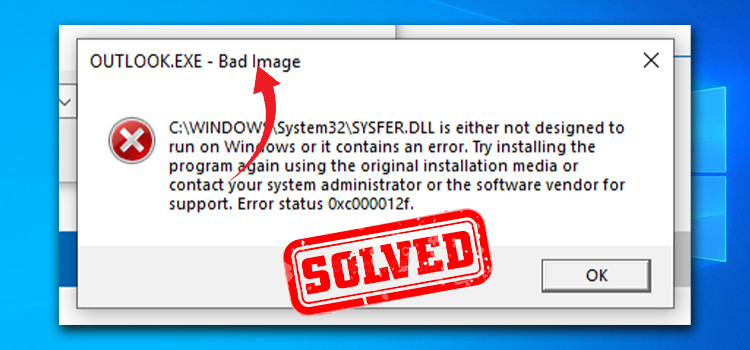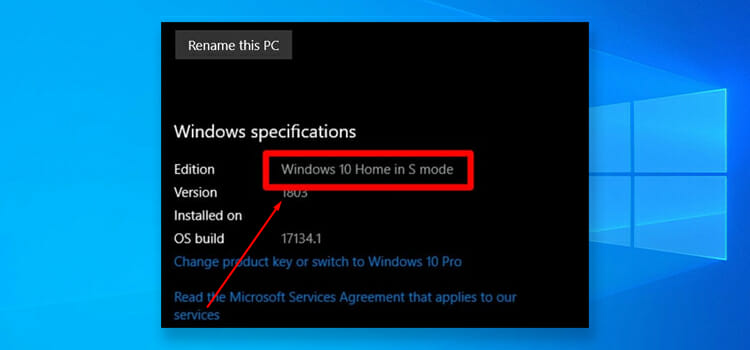top saaS development trends in 2024
The Software as a Service (SaaS) industry has seen tremendous growth in recent years, and it shows no signs of slowing down: the SaaS market size is projected to grow from $251.17 billion in 2022 to $883.34 billion by 2029.
As the industry continues to evolve, it is essential to stay up-to-date with the key drivers of SaaS industry growth. In this article, we will explore the top trends in the SaaS industry that are expected to shape the industry in the coming years. So keep on reading!

8 SaaS industry trends to watch in 2023
We researched the market to spot the SaaS industry trends that will be relevant in 2023 and in the near future.
1. Artificial Intelligence (AI)
You have probably seen this coming. AI has taken over the software development industry years ago and now evolves at an incredibly fast pace. You have probably heard of ChatGPT – an AI chatbot with such abilities that we could not even think of a few weeks ago.
In the SaaS industry, Artificial Intelligence has numerous use cases. Here are some of them:
- Hyper-personalization. AI can analyze user behavior and preferences to create personalized experiences.
- Security enhancement. AI algorithms can be used for detecting common patterns of threats, identifying malware, and preventing hackers’ attacks.
- Customer support. AI can be used to create custom chatbots that provide 24/7 customer support.
- Predictive analytics. AI can analyze data and identify patterns and trends.
- Marketing automation. AI can be used to automate marketing processes, such as lead generation, lead nurturing, and customer segmentation.
The capabilities of AI seem to be close to endless, and its way into the SaaS industry is only starting to gain momentum.
2. Machine Learning (ML)
Artificial intelligence and machine learning are often used interchangeably, but it’s not correct. Machine learning is a type of artificial intelligence that allows software programs to learn from data and improve their performance over time.
Machine learning can be used for various tasks: automation, optimization, etc. Here are some of the most common use cases of machine learning in SaaS:
- Customer segmentation. ML helps to segment customers based on their behavior, preferences, and other aspects to create specific marketing messages and offerings for specific groups of customers.
- Natural language processing. ML algorithms have the ability to analyze and interpret natural language. SaaS companies can use machine learning-powered natural language processing tools to automate customer support, chatbots, and other communication channels.
- Image and video analysis. Machine learning can analyze media files and identify objects, recognize speech and text, and even detect emotions. This can be used to improve content moderation, product recommendations, and user experience.
Machine learning is expected to have a significant impact on the future of SaaS as more companies recognize its benefits. According to Fortune Business Insights, the global machine-learning market is expected to grow from $21.17 billion in 2022 to $209.91 billion by 2029.
3. Integrations in SaaS
One of the main roles of SaaS products is to simplify both user experience and business processes. That’s why third-party integrations can be considered a new trend in SaaS.
Integrations allow for the creation of a more seamless workflow and enhance overall productivity. By integrating different SaaS tools, businesses can streamline their processes and automate tasks.
Many SaaS providers are now prioritizing integrations. They are building open APIs (Application Programming Interfaces) – a mechanism that allows two software programs to communicate with each other. This approach not only gives businesses an opportunity to connect their software tools but also helps SaaS providers expand their market by making it easier for customers to adopt their products.
With the rise of API-driven software architecture, we can expect integrations to become even more relevant in the future.
4. Micro SaaS products
Micro SaaS is a small-scale, niche product that is built for specific customer segments or solves specific problems. For example, Paperform (an online form builder), Lemlist (a sales automation platform), and Transistor (a podcast hosting platform) are micro SaaS products. Micro SaaS also refers to extensions or ad-ons to larger software products.
The emerging popularity of micro SaaS can be explained quite simply: as more big players enter the market, it becomes harder to resist the competition. However, the creation of smaller and more flexible products gives founders more chances to provide an innovative product that brings true value.
Due to their lower risk and relatively low operational costs, the number of micro SaaS products catering to narrower customer segments and niches could potentially see a significant increase in the near future.
5. Mobile-first approach
The mobile-first approach is opposite to the desktop-first approach. It implies creating a website design primarily for mobile devices. This approach became trendy because people want more and more software products to be available via their smartphones with minimal limitations. Besides, mobile-friendly apps open other opportunities such as augmented reality (AR) and virtual reality (VR) which are also considered trends in the tech world.
The number of smartphone users keeps on growing. As per 2023, there are more than 5 billion smartphone users. This number is expected to grow by 910.3 million users (+17.33%) and reach 6.2 billion users in 2028. For this reason, such industry leaders as Skype, Dropbox, and others were forced to create mobile versions of their products.
CNBC predicts that, by 2025, nearly 72.6% of internet users will access the web solely via their smartphones. So, it’s likely that future SaaS products, being driven by the desire to stay relevant in the market for the long run, will be firstly developed for mobile devices, and then adapted for PC.
6. Low-code and no-code
Low-code and no-code platforms are accessible to non-tech users. Such solutions open new opportunities for startups that don’t have enough time and money for deep technical expertise. Moreover, they allow developers, designers, and product executives to free their time for more responsible tasks and, this way, launch an MVP faster.
Of course, low-code and no-code SaaS platforms are not something new. However, since they can be used for a wide array of SaaS applications (from simple mobile apps to enterprise systems) and are helpful for developers of all skill levels, they become more and more popular. According to the Low-Code Development Platform Market Research Report, the global low-code development platform market revenue, which was $12,500.6 million in 2020, is predicted to reach $190,792.6 million by 2030.
7. Vertical SaaS
Unlike horizontal SaaS, vertical SaaS focuses on a specific niche and targets a narrower audience. As an industry-specific solution, vertical SaaS requires fewer resources for customer acquisition and has lower competition in the market. In addition, thanks to better customization and integration capabilities, vertical SaaS tools give businesses the tools they need to work more effectively. This means that businesses using vertical SaaS can benefit from the easier adaption of the software to their specific needs.
In 2023, we can expect to see more companies offering vertical SaaS solutions as they seek to differentiate themselves from competitors and provide more value to their customers.
8. White labeling
White labeling is a type of partnership in which one company creates a product and the other company sells it under its own brand, using its own financial and marketing resources. This collaboration is profitable for both parties: the manufacturer gains a customer while the seller gets an opportunity to lower production costs.
In recent years, there has been a growing demand for white-labeled SaaS solutions among businesses of all sizes.
Being a flexible and cost-effective solution, it’s likely that white labeling will continue to be a popular trend in the SaaS industry in 2023 and beyond.
Wrapping up
If you want to enter the market with your own SaaS-based startup, you can take the trends we have listed to create a truly innovative piece of software that will bring true value to its users.
Subscribe to our newsletter
& plug into
the world of technology





